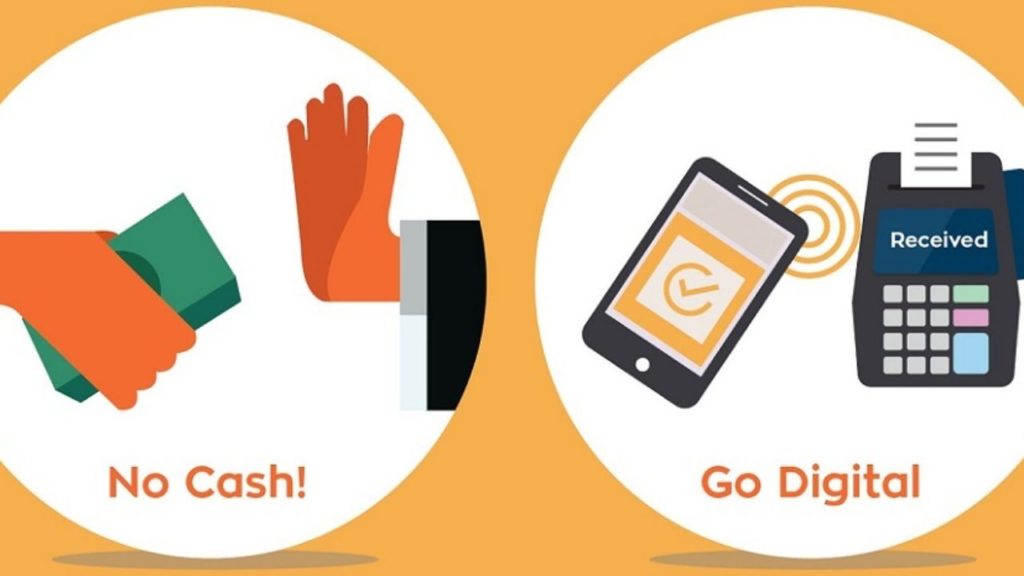This Bank Has Launched Wearable Payment Device For Rs 750: How It Works?

Contactless payments, now after the push on digital payments, is what Indian authorities is eying for and Indian banks are following suit.
Previous year the month of October saw State Bank of India (SBI) launching ‘Titan Pay’, after collaborating with Titan.
Axis Bank has now launched ‘Wear N’ Play’, its own line of wearable payment devices which it launched after collaborating with Thales and Tappy Technologies.
Axis Bank said that functioning like a regular debit card, these wearables are linked to the bank account of customers.
Priced at just ?750 (around $10) apiece, India’s third largest private bank launched a band, a key chain and a watch loop on March 10. This will enable the customers to transact with any merchant who accepts contactless payments.
Reserve Bank of India (RBI) announced that it raised the limit for contactless payments from ?2,000 to ?5,000. The safety of these contactless payments is still a concern.
No Need Of OTPs
50% of people are happy about the increase in limits, says the survey conducted by global research firm KPMG, however there are concerns about its security and fraud. This also implies that security, rather than convenience, is what consumers value as of now.
Various ways to get around payment limits were displayed by the team of Leigh-Anne Galloway and Tim Yunusov from Cyber R&D Lab at Black Hat Asia event in October 2020.
They even showed how it was possible to bypass multi-factor authentication controls for tap-and-go transactions.
Immense amount of data is collected by the contactless systems, which can in turn be used to track a person’s movements and hence can be a huge threat to the privacy of data.
All it takes is one malware that can potentially sneak into the smartphone and then gain access to whatever part of that data is stored on the device.
How do wearable payment devices work?
In order to link devices to a customer’s credit or debit card, near-field communication (NFC) or radio frequency identification (RFID) technology is used in wearables, which in turn eliminates the need to touch public surfaces or the physical point of sale (POS) terminals.
The near-field communication works when there is a minimal distance between the payment terminal and the wearable.
It takes only 10 to 15 seconds to pull a transaction through a wearable as opposed to 45 seconds of chip-enabled cards.
Going forward, in the Indian context contactless payments are a key growth factor for digital payments, said KPMG.

Comments are closed, but trackbacks and pingbacks are open.